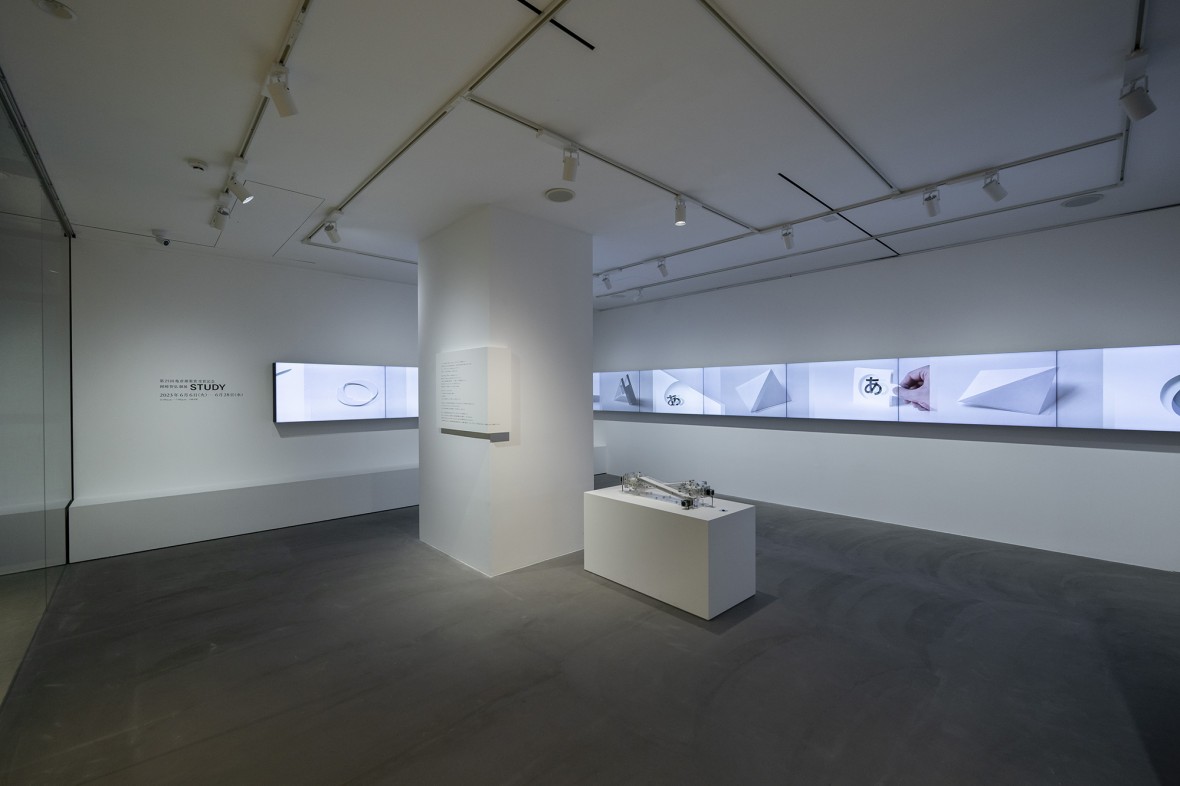
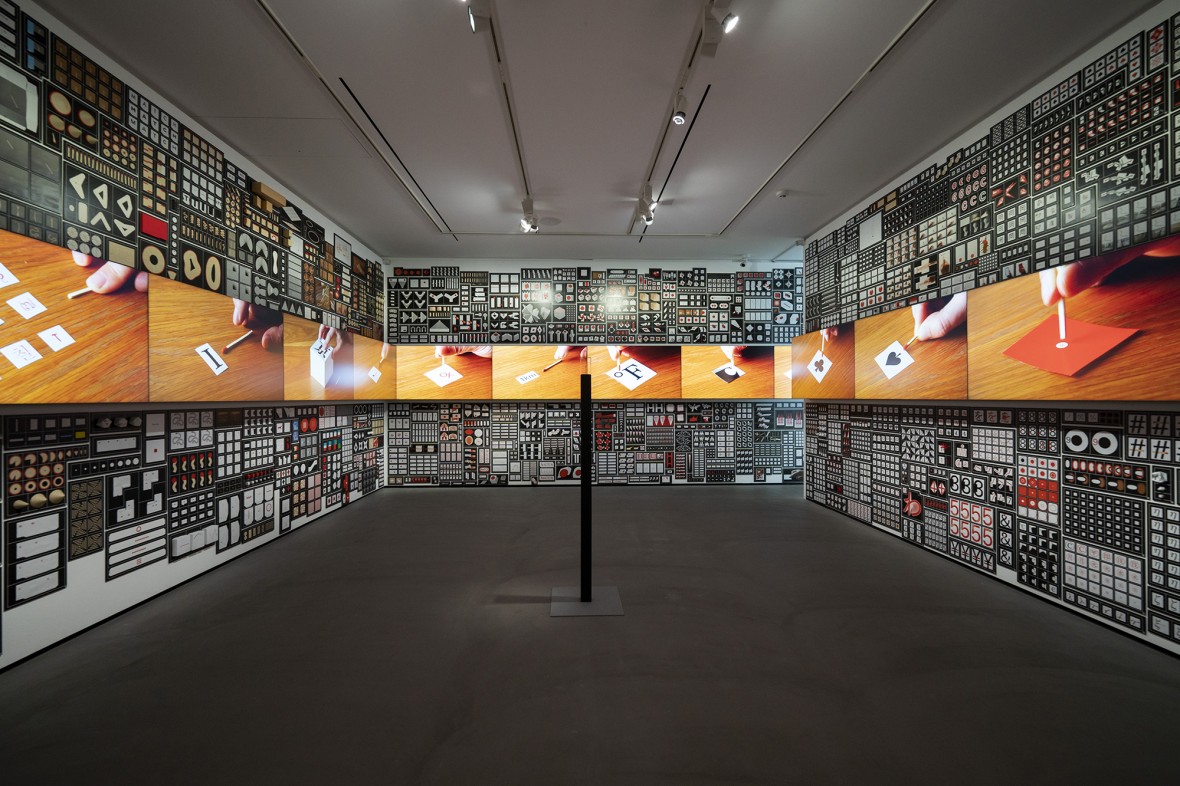
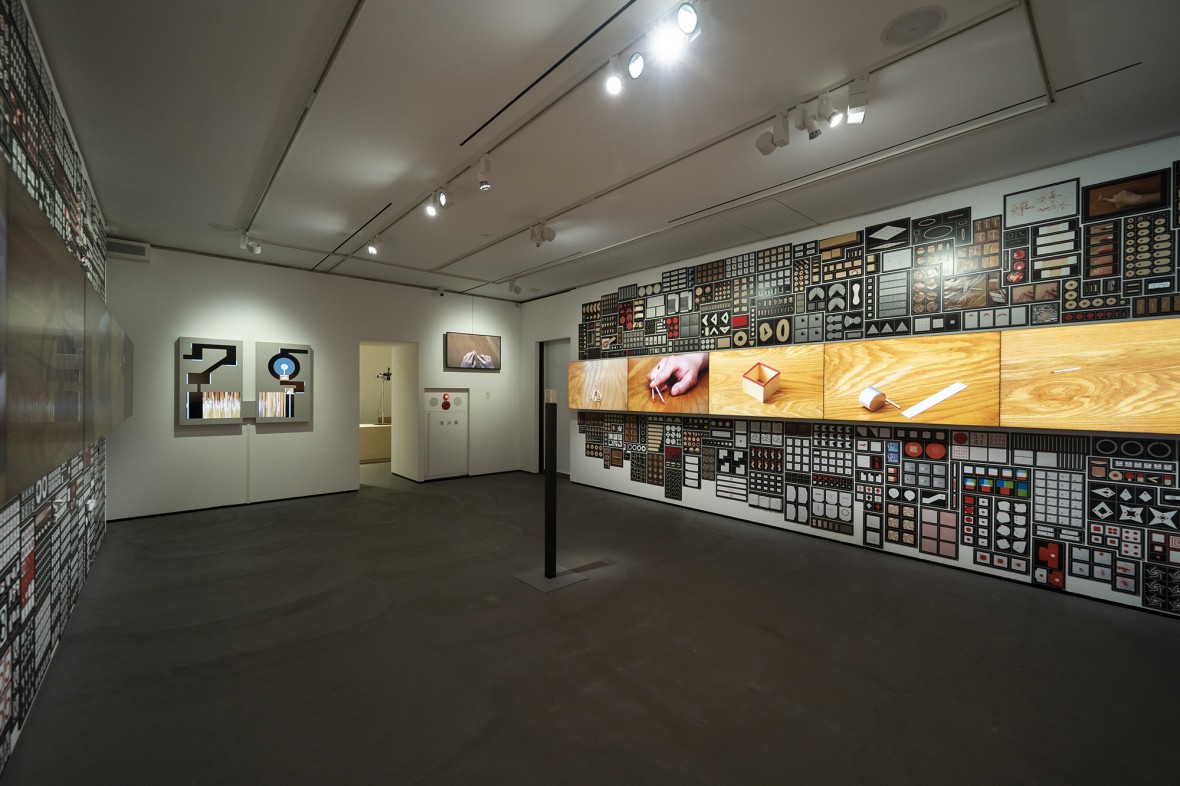
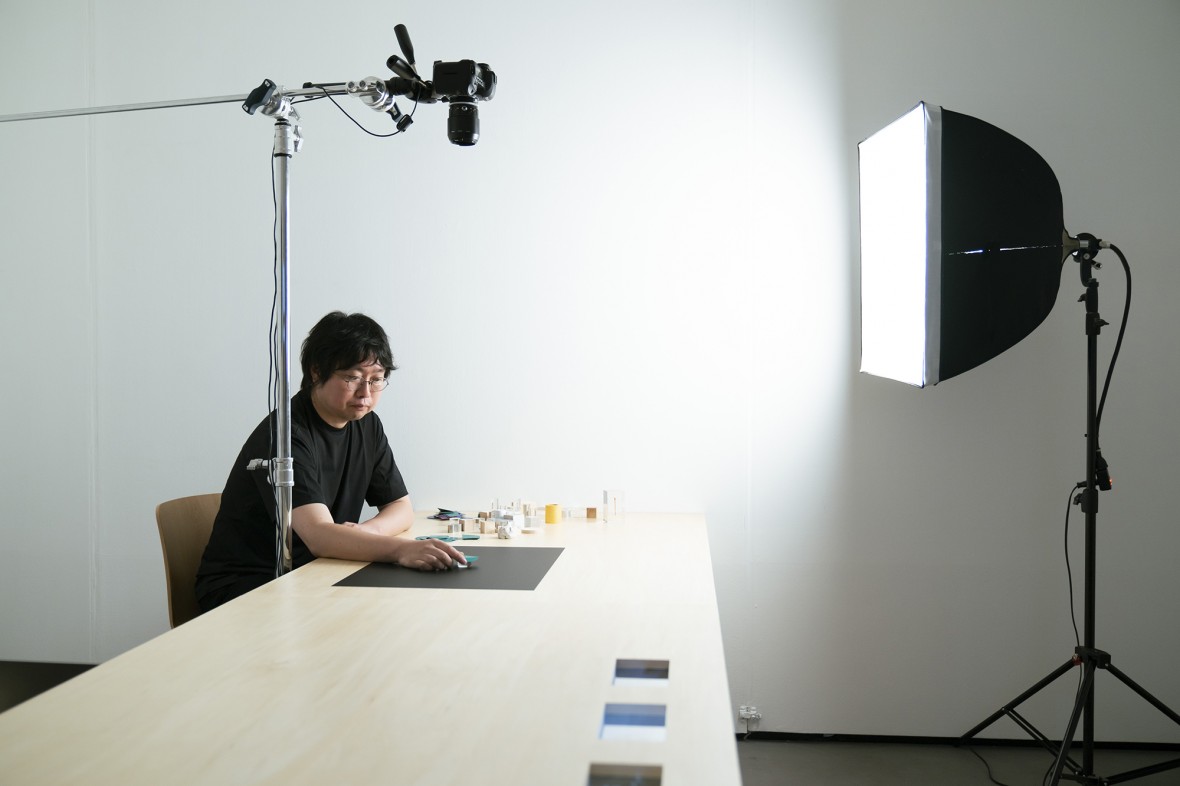
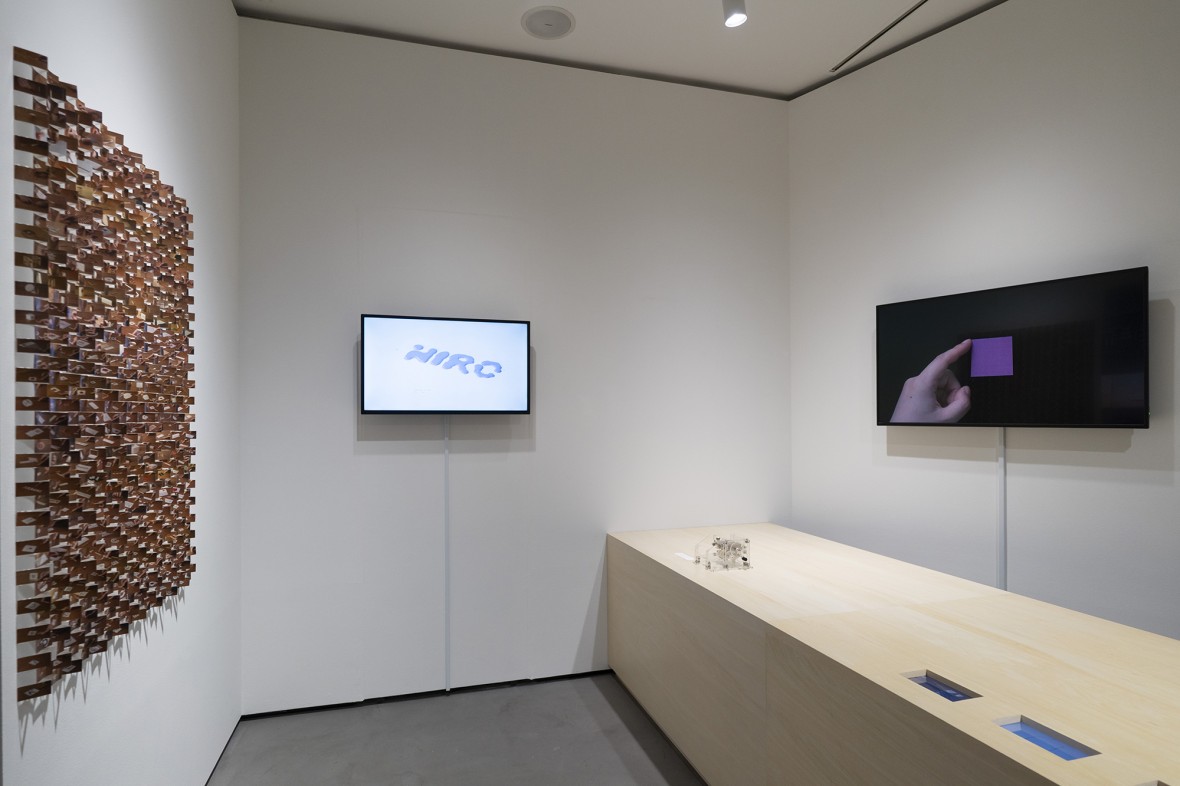
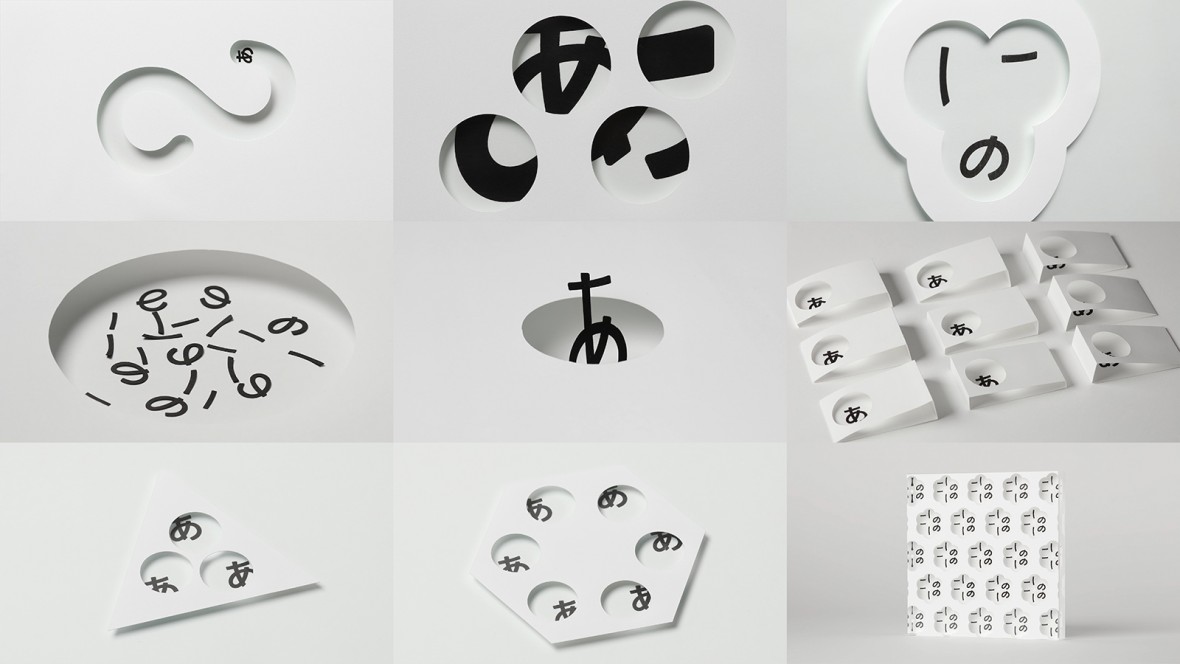
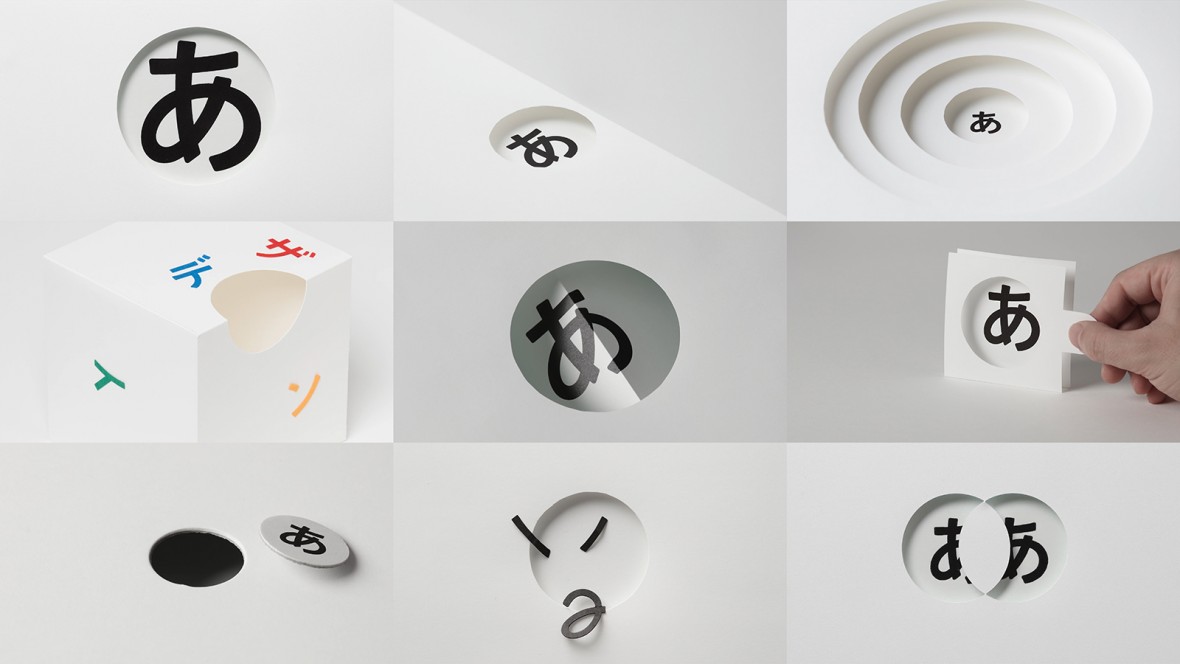
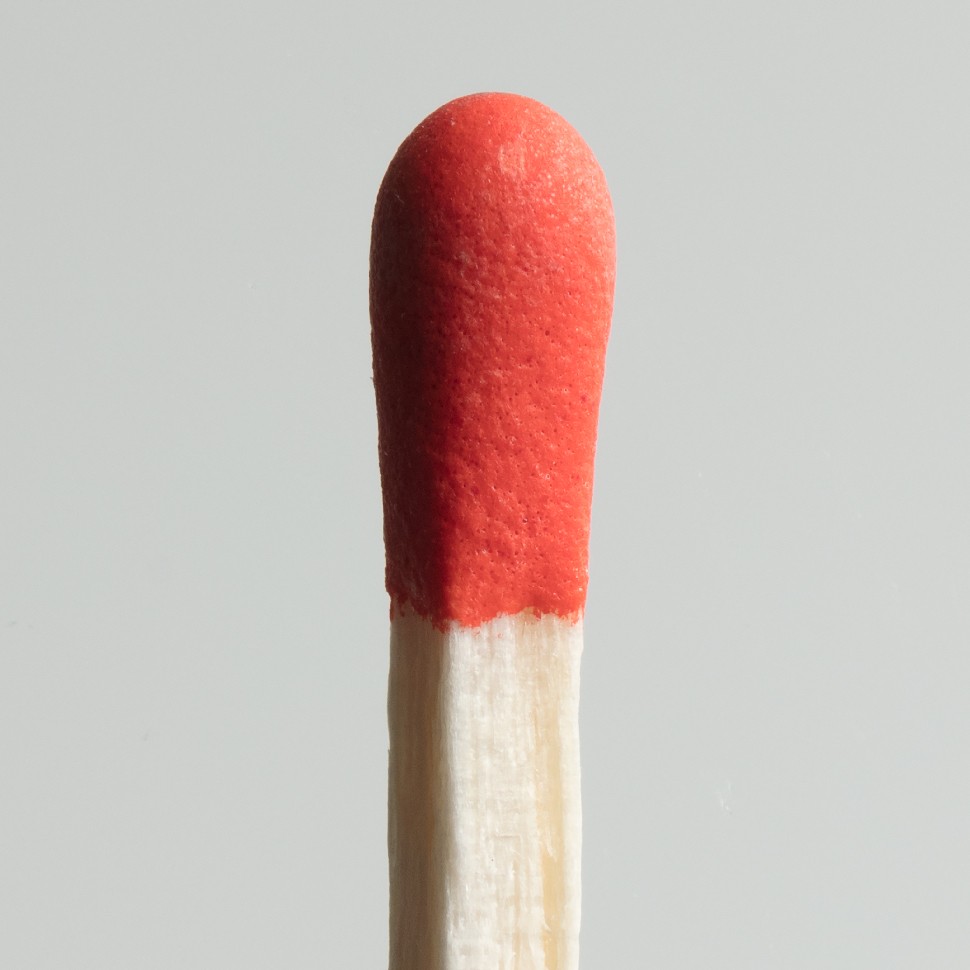
The 25th Yusaku Kamekura Design Award Exhibition
The Yusaku Kamekura Design Award was established in 1999 to honor the achievements of the late graphic designer Yusaku Kamekura (1915-1997) and to promote the further development of the graphic design field. Operation of the award program and selection of the winner, chosen annually, are performed by the Japan Graphic Design Association Inc. (JAGDA). JAGDA awards the prize to the designer whose work or works are judged most worthy among all entries featured in its yearbook, Graphic Design in Japan.
The 25th Yusaku Kamekura Design Award was presented to two designers: Tomohiro Okazaki for “Design Ah! neo: Theme of Ah!”, a video he created for a TV program; and Haruka Misawa for signage she developed for the Tamatsukuri Kindergarten (Narita City, Chiba Pref.). This was the first time in the award’s history that it was simultaneously bestowed on two designers.
Okazaki’s video was created using only the letter あ (Ah!) and white paper as materials. One member of the Selection Committee commended Okazaki’s work for its profound exploration of time-lapse animation, a commonplace technique that here yields an altogether unique and unrivaled achievement. Another member praised how Okazaki evoked the essence of graphic design in its purest form: conveying an image through visual experience.
Misawa’s kindergarten signage employs three-dimensional constructions configured from cylindrical forms and a unique color scheme. One judge applauded Misawa’s delicate attention to detail consistent with her works of recent years, which have vied for awards at the highest levels. Another member of the Selection Committee praised Misawa for her breadth of expression achieved through discovery and implementation of a new approach to design.
To commemorate this year’s dual awards, a solo exhibition featuring Okazaki’s works will be held in June, followed by a show of Misawa’s works in July.
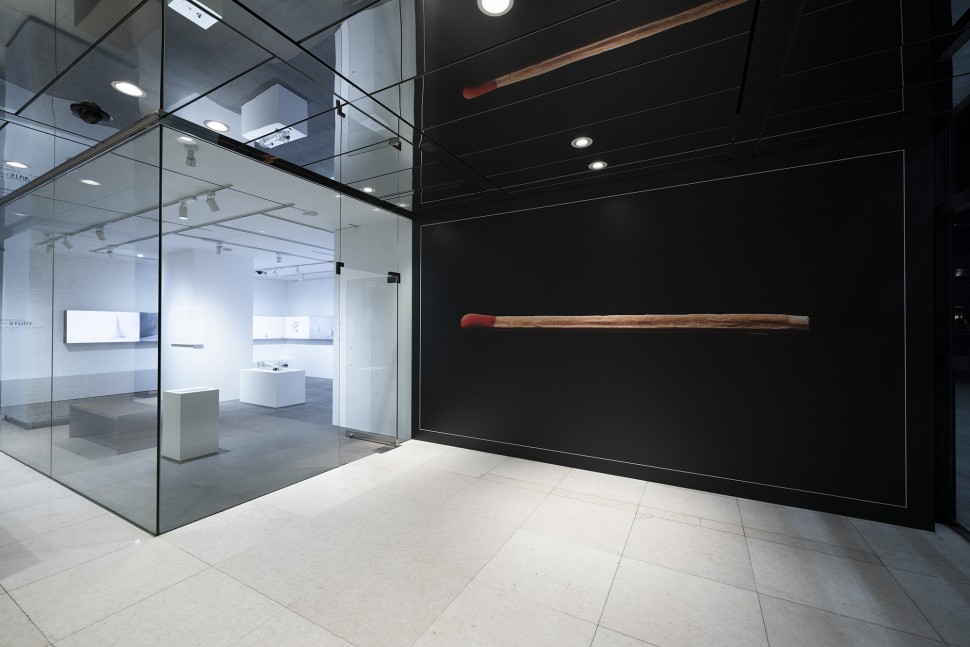
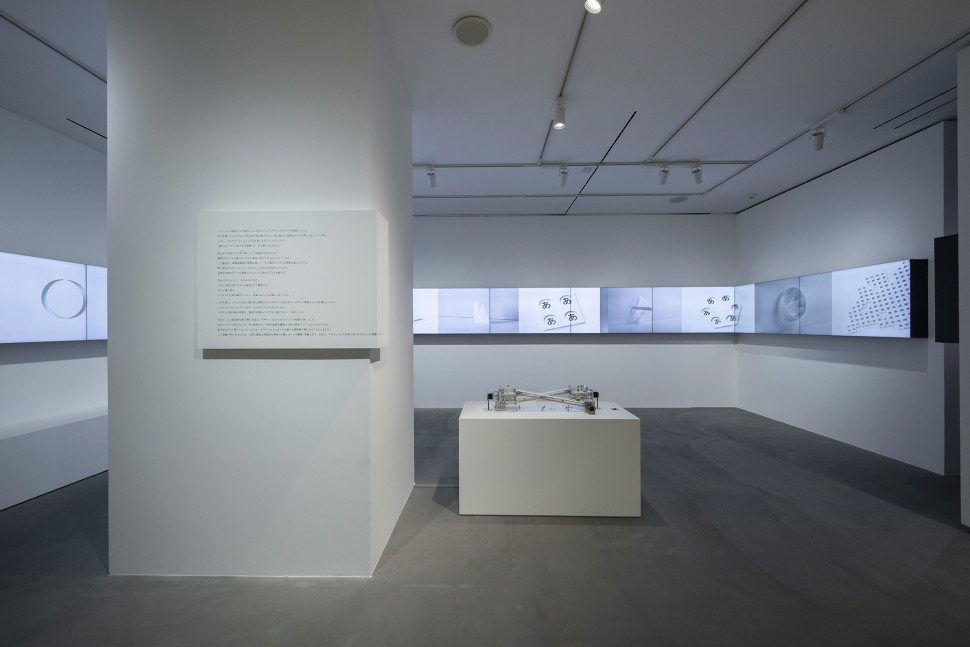
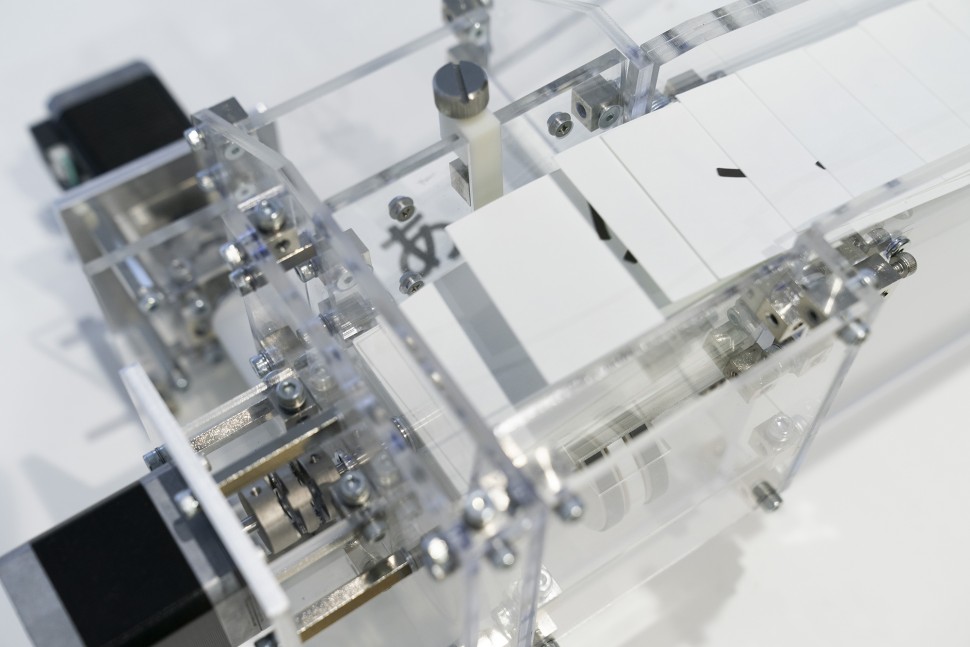
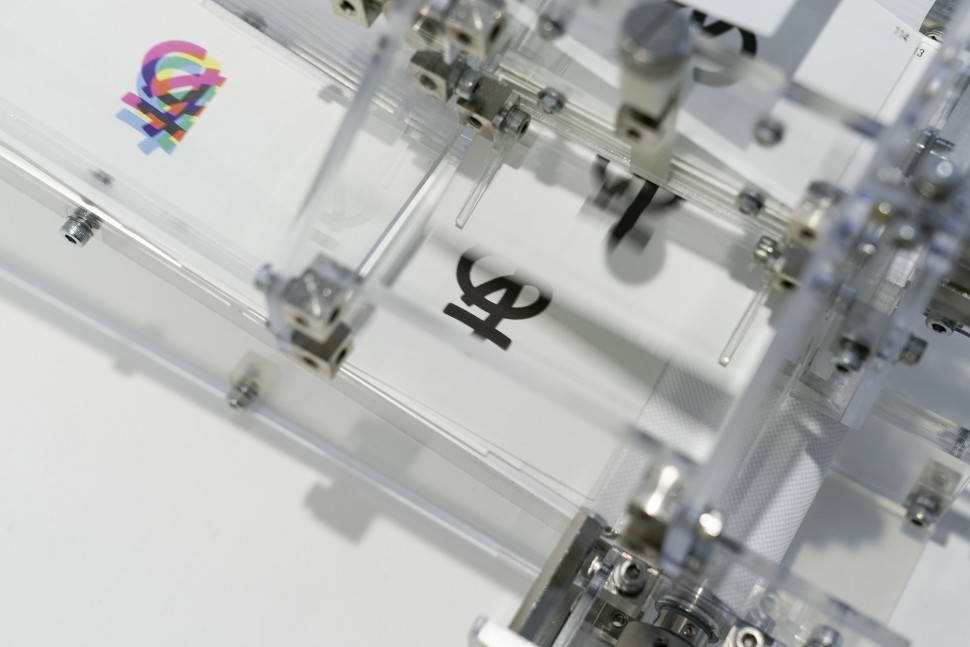
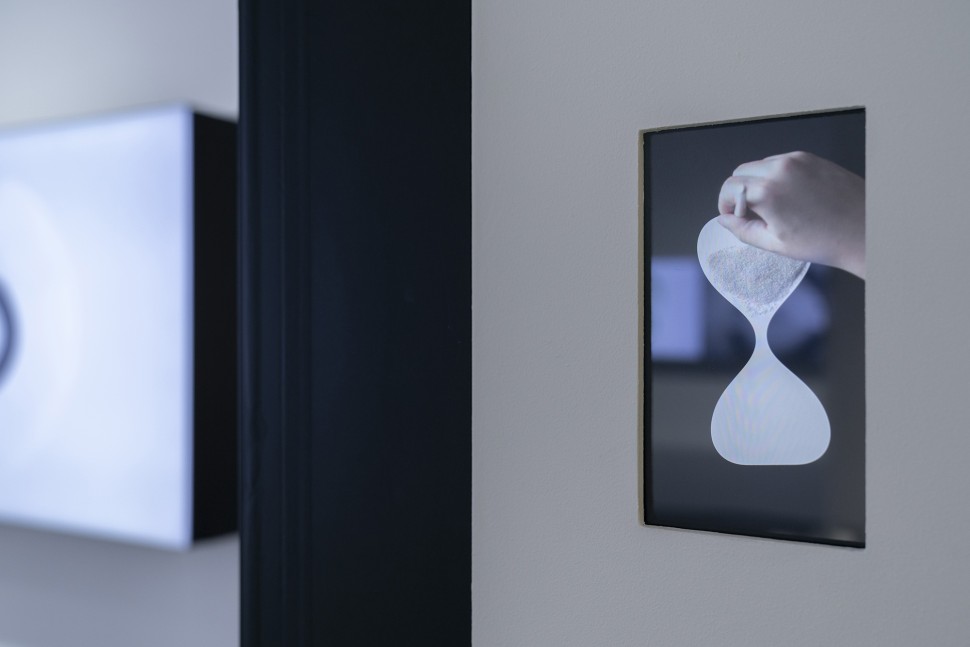
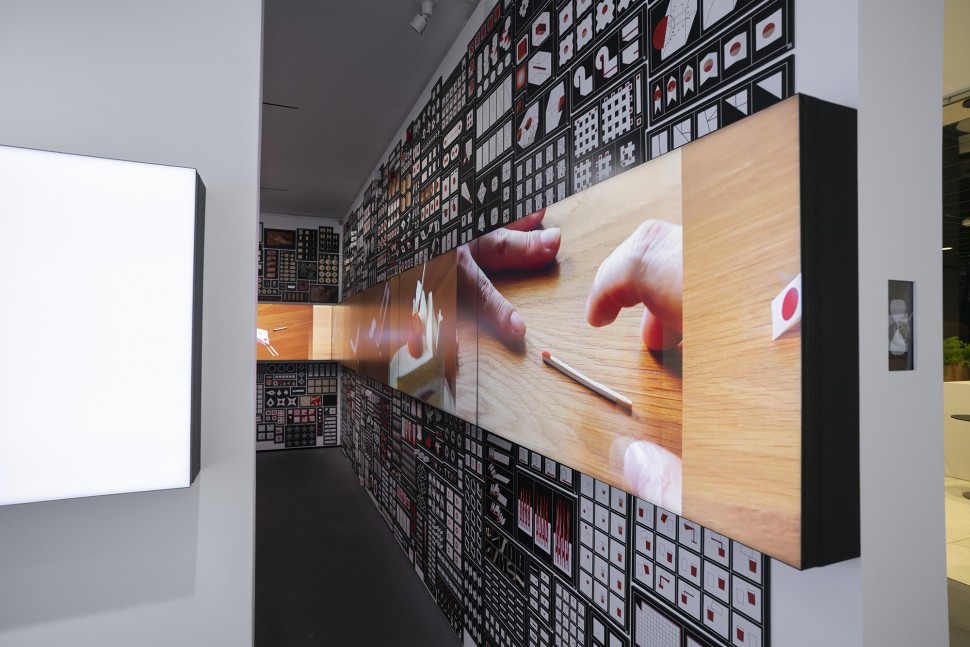
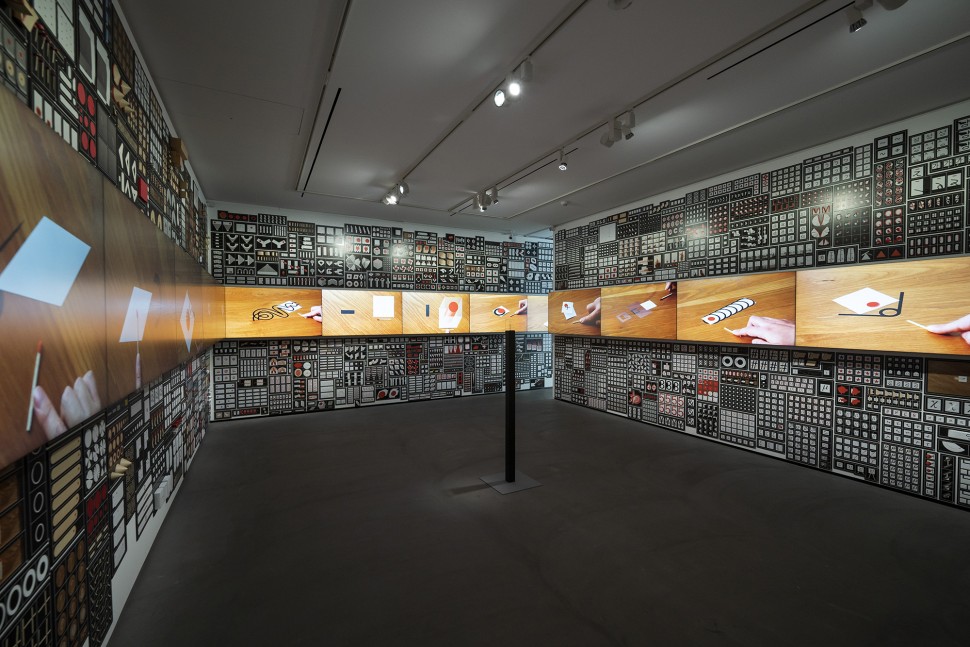
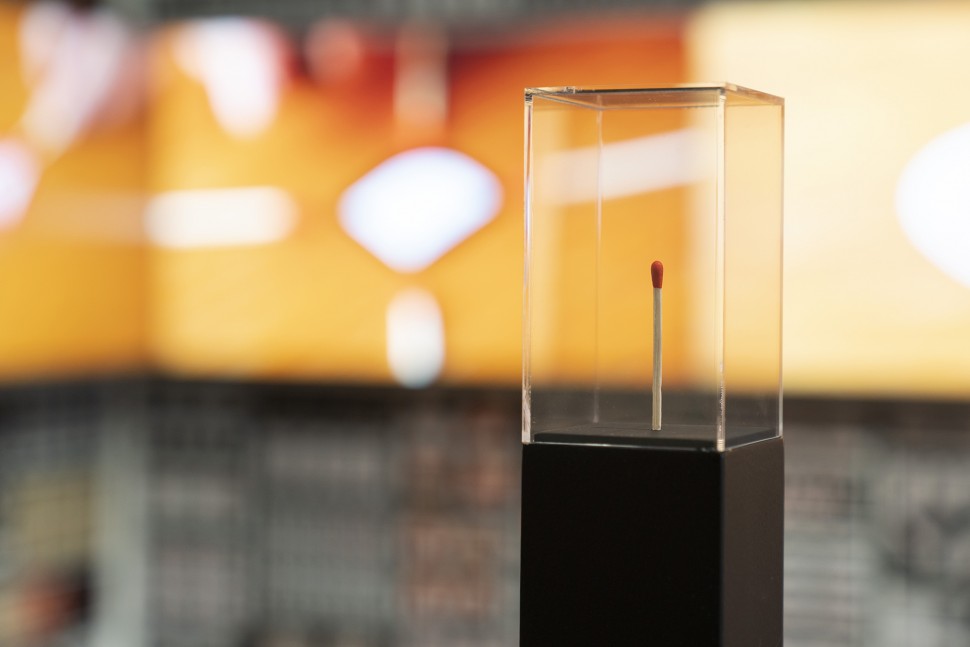
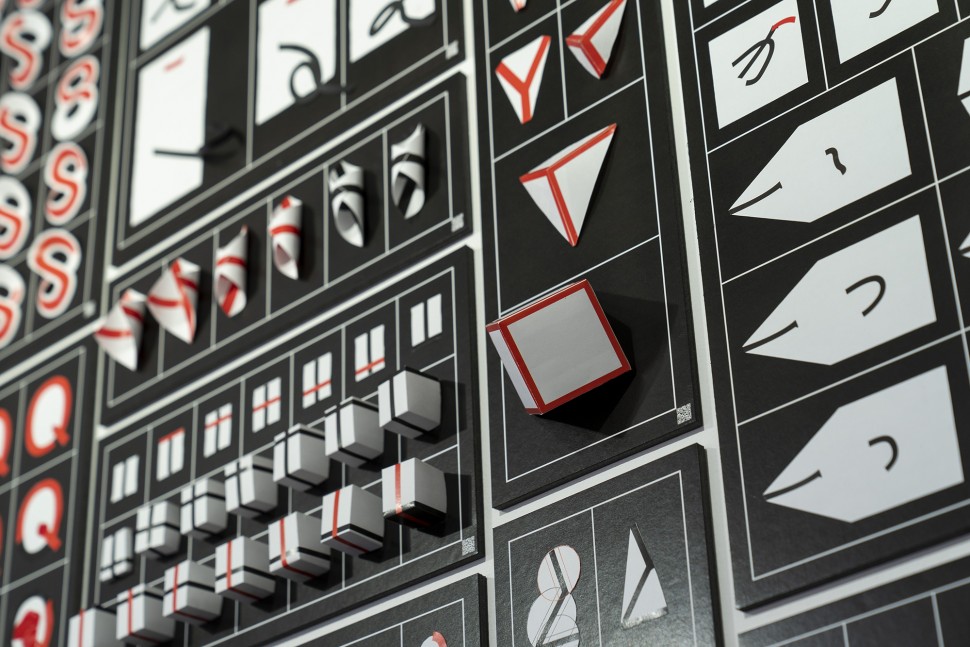

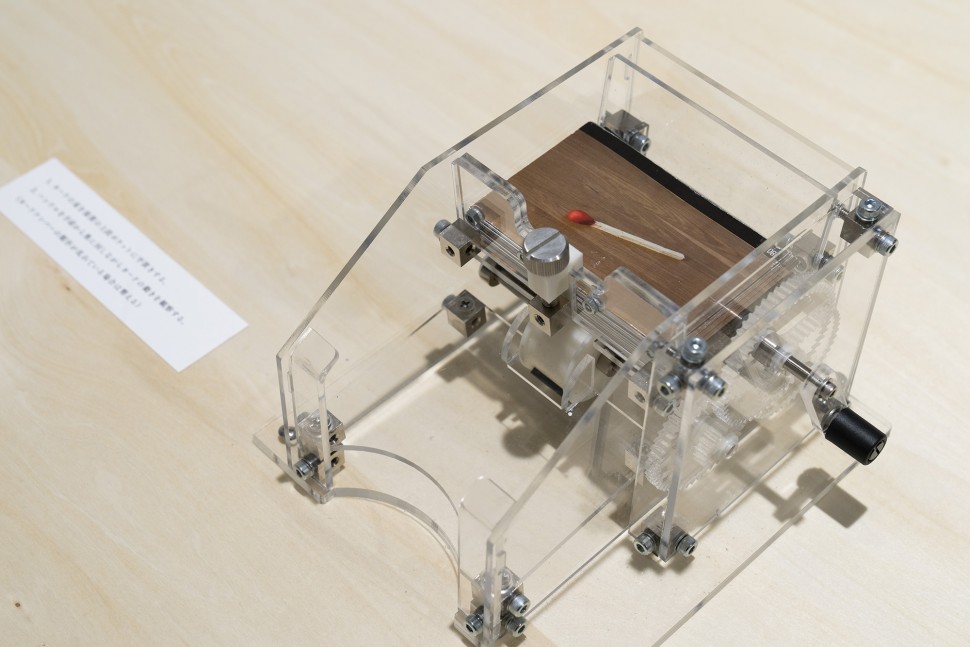

PREV
NEXT







For me, Yusaku Kamekura is someone I encounter in books. Ever since my student days, I’ve seen many of his works and read much of what he wrote. My award-winning work, “Design Ah! neo: Theme of Ah!,” is a video I created by time-lapse photography of overlapping visual experiments employing only the elements “Ah!” (あ) and round holes. In it I aim to portray what one realizes or feels when starting to create something by one’s own hands, or when seeing the world with one’s own eyes. The work was featured in a children’s educational TV program, and when creating it I imagined what the mood would be like in a room where it was being watched, how children would get absorbed in it, and the precious bounties that arise on such occasions.
Creating “Design Ah!” for TV was my very first job of its kind and, as a young designer, it marked the start of my forays into video creation. The offer came about when I had the good fortune of having a creator I respect look at a time-lapse video I had made on my own, by no one’s request, just for the fun of it. This creator thus “discovered” me, a totally unknown designer. I vividly remember how, still a struggling artist when this took place, my small closed world suddenly opened up, my work transporting me to unknown realms of enormous scale.
In the roughly 10 years since then, continuing my experiments in artistic expression I have undertaken design work of great variety, had the good luck to meet many creative artists, and been influenced by them in numerous ways. The people around me who enjoy creating are all dazzling, and I’m always excited to see what they have made or said. For sure, people who like to create like people who create.
I never met Yusaku Kamekura or had the opportunity to speak with him. But receiving this award has given me an opportunity to think how, as a creator, I have formed ties with a variety of other creators, and through them, one connection leading to another, perhaps I am connected to Yusaku Kamekura. Though as designers all of us might work in solitude, I sense that we are all connected by some great “culture of creativity” underlying us all. And maybe, what dead people can’t do, and we who are alive today can, is to create. I look forward to continuing my struggles, my joys, and my creative work.
Tomohiro Okazaki
Organizer
Creation Gallery G8
Co-organizer
Japan Graphic Design Association Inc. (JAGDA)
Yusaku Kamekura Design Award Office
Yusaku Kamekura Design Award
The Yusaku Kamekura Design Award was established to honor the design achievements of the late Yusaku Kamekura (1915-1997), as a way of contributing to the ongoing development of the graphic design field. Made possible through a gift from the Kamekura family, the award program is operated by the Japan Graphic Design Association Inc. (JAGDA), where Mr. Kamekura long served in the role of its founding president. Under this program, the “Yusaku Kamekura Design Award” is presented to the designer of the work or works deemed most outstanding among all entries for inclusion in the JAGDA yearbook, Graphic Design in Japan.
Mr. Kamekura loathed being forever identified for his connection to the 1964 Tokyo Olympics, and until just before his untimely death he eagerly vied against the younger generations of designers with works vibrantly “set in the present.” Through his editorial work for his graphic design magazine CREATION, he pursued the artistry and true essence of graphic design. Respecting his wishes, the award presented in his name honors graphic design that blends universal appeal with innovative creativity. Each award comes with a prize of JPY 500,000.
Previous Award Winners
Ikko Tanaka (1999), Kazumasa Nagai (2000), Kenya Hara (2001), Kashiwa Sato (2002), Masayoshi Nakajo (2003), Kazunari Hattori (2004), Mitsuo Katsui (2005), Shin Matsunaga (2007), Taku Satoh (2008), Ryosuke Uehara (2009), Katsumi Asaba (2010), Katsuhiko Shibuya (2012), Keiko Hirano (2013), Kaoru Kasai (2014), Kenjiro Sano (2015), Ken Miki (2016), Yoshie Watanabe (2017), Norio Nakamura (2018), Yoshiaki Irobe (2019), Atsuki Kikuchi (2020), Ryoji Tanaka(2021) ,Takuya Onuki(2022). (No works were judged worthy of the award in 2006 or 2011.)